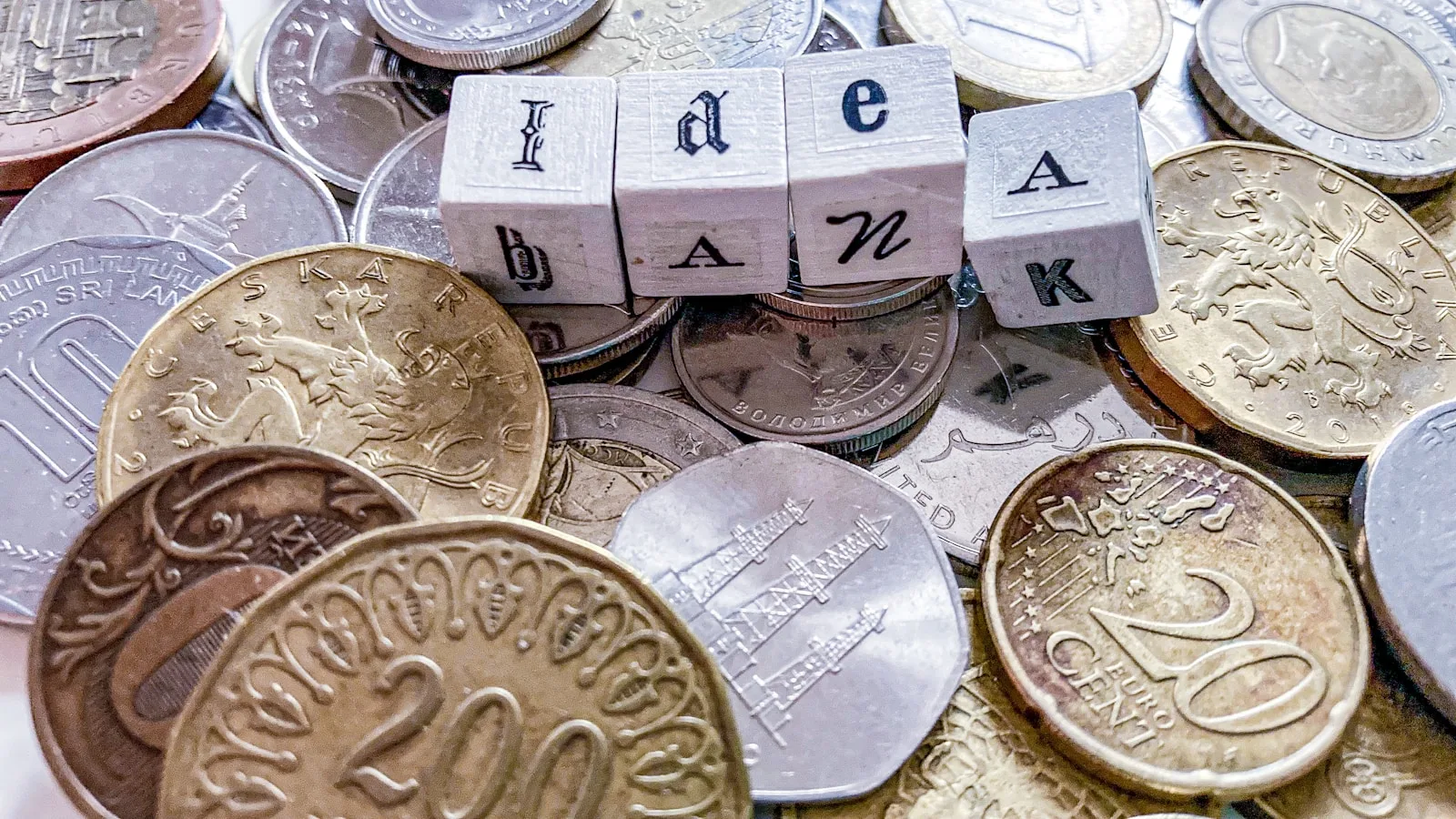
Table of Contents
Although it was not the nation’s initial five-cent coin, the nickel has a long history in the United States. This variation dates back to the “half-dime” introduced in 1794. U.S. According to the Mint, the first 5-cent pieces weren’t even nickels; Instead, they were made of gold, silver or copper. The current American nickel was not developed until 1866. If you’re lucky enough to find an early or unusual version, you could be hundreds or even millions of dollars richer.
In numismatics, the nine precious American nickels are particularly significant due to their rarity and historical significance. The first copper and nickel five-cent piece was the Shield Nickel, which debuted in 1866 and featured a unique design with rays on the back and a shield on the front. The Liberty Head nickel, which was produced between 1883 and 1913, was famous for its original “V” shape before the iconic image of Lady Liberty replaced her. Produced between 1913 and 1938, the Buffalo nickel is known for its obverse Native American chief and the majestic buffalo on its reverse, representing the American West.

Originally issued in 1938 and still in use today, the Jefferson nickel pays tribute to President Thomas Jefferson by featuring both his estate and portrait,In contrast, consider Monticello. Because of its remarkable condition and limited mintage, the 1939-D Jefferson nickel is extremely valuable. The 1942-P “War Nickel”, which has intrinsic and historical significance, is also notable because it was made of only 35% silver during the war. Collectors highly prize the 1950-D and 1955-S Jefferson nickels due to their unusual mintage.
Last but not least, the Lewis and Clark Expedition is honored with the 2004 and 2005 Westward Journey nickels, which showcase famous paintings of the explorers and their treks through the American wilderness. In addition to representing American history, the beauty and rarity of these nine nickels fascinate numismatists around the world.
Check Out: How To Become a Millionaire in Your 60s
Try This: 5 Unusual Ways To Make Extra Money (That Actually Work)
The American Bullion website states that the first nickels were struck between 1866 and 1883 and were referred to as “Shield Nickels”. They were followed by the Liberty Head (1883–1913), the Buffalo or Indian Head (1913–1938), and the Jefferson Nickel (1938–present).
Older, pre-World War I mintages are probably the most valuable nickels you’ll find in both rarity and value. However, as American Bullion points out, some expensive varieties can also be found that were minted during World War II (1942-1945) to conserve nickel for the war effort. In addition, some incorrect nickels, such as “overdate” nickels, minted more in the current year than in the previous year, may command a higher premium.

The 1913 Liberty Head nickel, which American Bullion has called one of the “most legendary and mysterious” coins in American history, is the most valuable nickel ever made. The coin is rumored to have been minted illegally as it was minted during the Liberty Head to Buffalo Nickel switch. There are only five known examples of 1913 Liberty Head nickels and they were never formally distributed. They are currently worth around $3 million.
Trending Now: Dave Ramsey’s 10 Best Tips for Building Wealth: ‘Start Thinking Like Rich People’
You’re unlikely to ever find a Liberty Head nickel from 1913. However, there are others with higher valuations under $3 million. Here are nine of them with approximate values of American bullion. Remember that the highest prices will only be paid for coins in excellent condition.
9 precious American nickels in use
- 1926-S Buffalo Nickel: $4,200
- 1916 Double Die Buffalo Nickel: $3,800
- 1918/17-D Buffalo Nickel (overdated):$3,500
- 1879 Shield Nickel: $2,400
- 1937-D 3-Legged Buffalo Nickel: $2,000
- 1880 Shield Nickel: $2,000
- 1942-P Jefferson Nickel: $800
- 1950-D Jefferson Nickel: $600-$800
- 1939 “Doubled Monticello:” $500
READ | 6 Unusual Coins With a 2024 Value Boom

